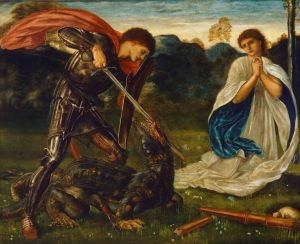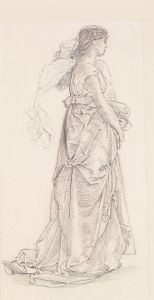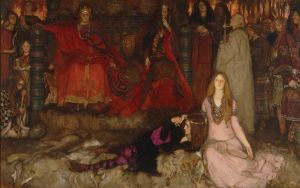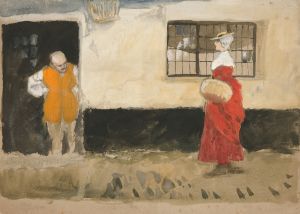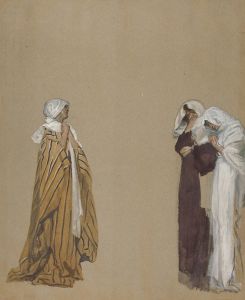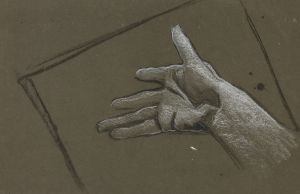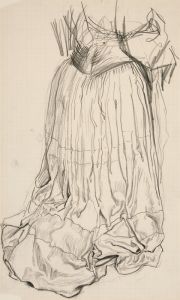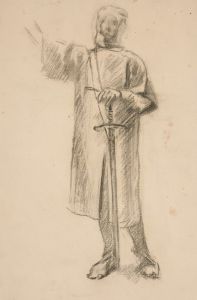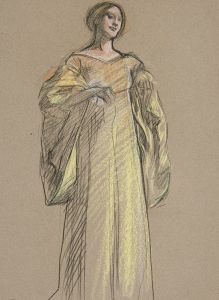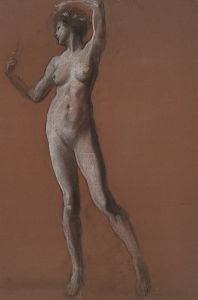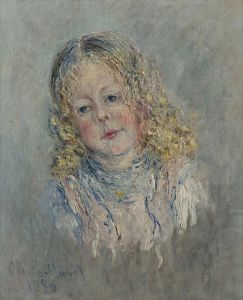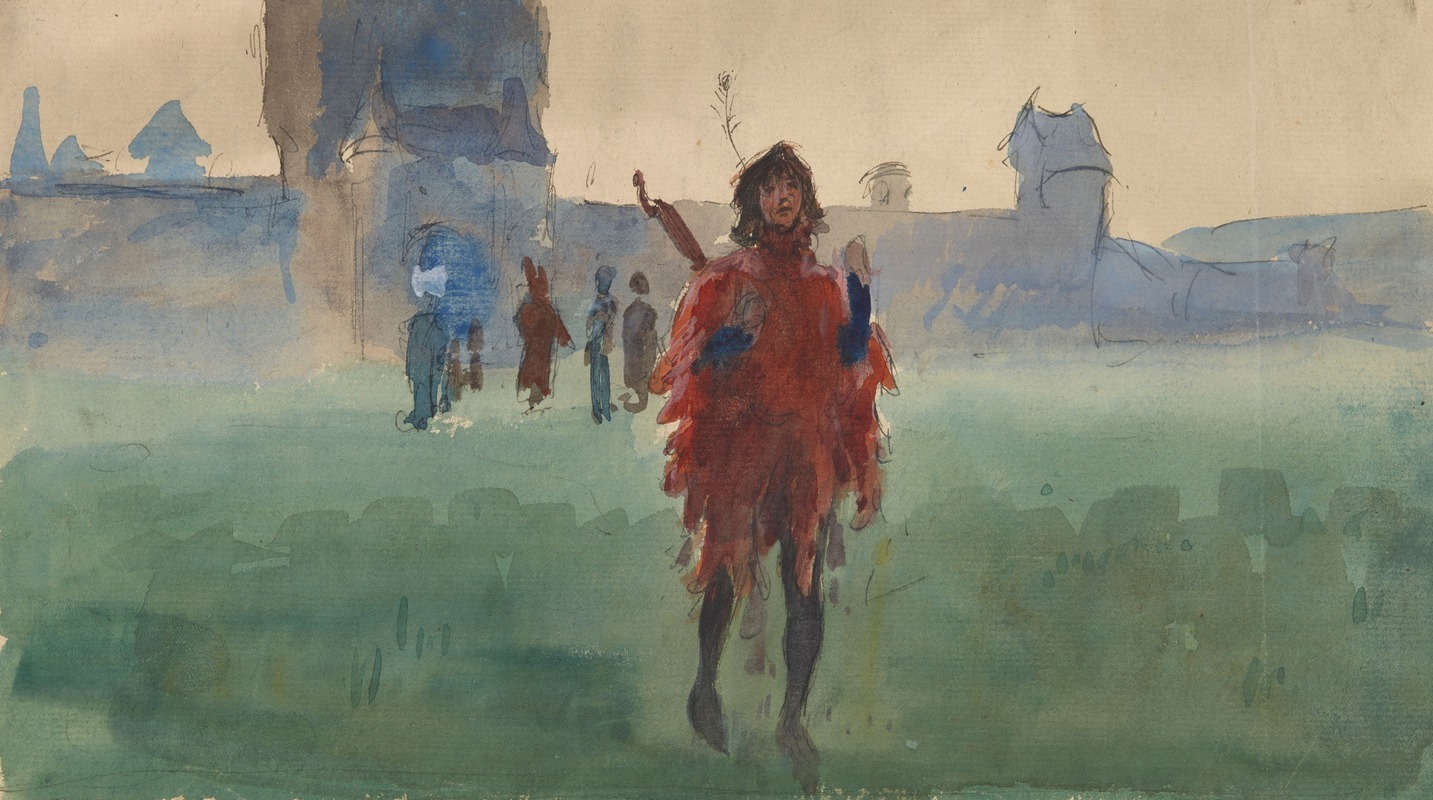
Study for Wandering Minstrel
A hand-painted replica of Edwin Austin Abbey’s masterpiece Study for Wandering Minstrel, meticulously crafted by professional artists to capture the true essence of the original. Each piece is created with museum-quality canvas and rare mineral pigments, carefully painted by experienced artists with delicate brushstrokes and rich, layered colors to perfectly recreate the texture of the original artwork. Unlike machine-printed reproductions, this hand-painted version brings the painting to life, infused with the artist’s emotions and skill in every stroke. Whether for personal collection or home decoration, it instantly elevates the artistic atmosphere of any space.
Edwin Austin Abbey was an American artist known for his illustrations and paintings, particularly those with themes from literature and history. "Study for Wandering Minstrel" is one of Abbey's works that reflects his interest in historical and literary subjects. Abbey was born in 1852 in Philadelphia and began his career as an illustrator for magazines such as Harper's Weekly. He later moved to England, where he spent much of his life and career.
Abbey's work often drew inspiration from the medieval and Renaissance periods, and he was known for his meticulous attention to detail and historical accuracy. His paintings and illustrations frequently depicted scenes from the works of Shakespeare, as well as other literary and historical themes. "Study for Wandering Minstrel" fits within this context, as it showcases Abbey's skill in capturing the essence of a bygone era.
The painting itself is a study, which means it was likely a preliminary work or a detailed exploration of a subject that Abbey intended to develop further. Studies are often used by artists to experiment with composition, lighting, and other elements before committing to a final piece. In "Study for Wandering Minstrel," Abbey would have focused on the character of the minstrel, a common figure in medieval and Renaissance culture known for traveling and performing music and poetry.
Abbey's technique in this study would have involved careful observation and rendering of textures, fabrics, and the minstrel's expression, all of which were hallmarks of his style. His ability to convey the atmosphere and mood of the period was one of the reasons his work was highly regarded both in the United States and in Europe.
Throughout his career, Abbey received numerous commissions for murals and large-scale works, including the murals for the Boston Public Library, which are considered some of his masterpieces. His work was celebrated for its narrative quality and its ability to transport viewers to different times and places.
"Study for Wandering Minstrel" is a testament to Abbey's dedication to his craft and his passion for historical and literary subjects. While the specific details of this study, such as its dimensions or current location, are not widely documented, it remains an example of Abbey's skill in capturing the spirit of the past through his art.
Abbey's legacy continues to be appreciated by art historians and enthusiasts who admire his contribution to American art and his ability to bridge the gap between illustration and fine art. His works remain a valuable part of collections in museums and galleries, reflecting his enduring influence on the depiction of historical and literary themes in art.






